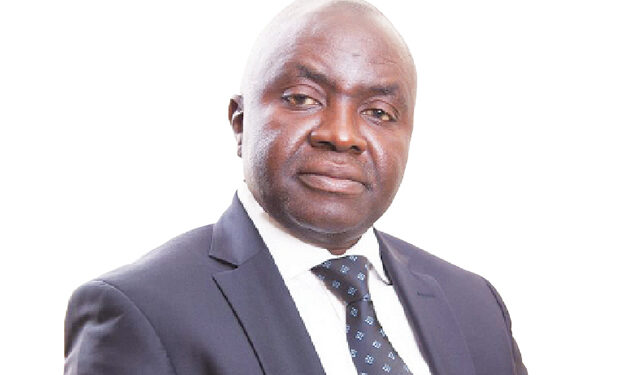The Centre for the Promotion of Private Enterprise (CPPE) has projected that the Nigerian economy in 2024 may hold promise for greater stability compared to the difficulties faced in 2023.
Dr. Muda Yusuf, Chief Executive Officer of CPPE, outlined several factors contributing to this cautiously optimistic outlook on Arise Television monitored by Nairametrics.
National elections/ economic reforms:
Dr. Yusuf identified the significant transitions experienced in 2023, including the national elections, as a major source of economic uncertainty and disruption.
He further highlighted the challenges posed by the Naira redesign policy in the first quarter and the implementation of two impactful economic reforms, albeit necessary, which caused initial shockwaves within businesses.
- “We had the political transition, which has to do with elections, which came with its issues, which impacted the economy, especially around uncertainty.
- And of course, we had the terrible Naira redesign policy, which practically messed up the first quarter, going into the second quarter of 2023.
- Then more importantly, we had two major economic reforms, which came with some very severe shocks on the economy, on businesses, which, although were necessary, they were very painful,” he said.
Government efforts:
However, Dr. Yusuf emphasized that progress has been made since then.
He pointed to the country’s gradual adjustment to the realities of these reforms, coupled with ongoing government efforts to reduce its reliance on imported petroleum products, manage foreign exchange obligations, and implement fiscal consolidation measures aimed at improving revenue generation.
- “Government efforts to decrease dependence on imported petroleum products, a major drain on foreign exchange reserves, are projected to ease pressure on the currency market and stabilize economic conditions.
- The Central Bank of Nigeria’s approach to addressing the backlog of foreign exchange maturity obligations further contributes to expected currency stability.
- Government initiatives aimed at fiscal consolidation and boosting revenue generation are anticipated to strengthen the overall economic landscape,” he said.
Yusuf noted that these combined actions are expected to contribute to a more stable economic environment in 2024.
Reliance on imports and exposure to foreign exchange
While acknowledging that specific sectors, particularly those reliant on imports or facing high energy costs, will continue to encounter challenges, Dr. Yusuf also presented a positive perspective.
He underlined the resilience of sectors with strong local content or advanced stages of backward integration, highlighting their reduced vulnerability to external shocks.
- “I don’t share the view that 2024 will be worse than 2023. Of course, those challenges will persist, especially for manufacturing.
- Challenges around foreign exchange, particularly for manufacturing businesses and even other businesses that have high foreign exchange exposure,” he said.
He noted that the shocks being experienced in the economy today are largely a function of how businesses are exposed to foreign exchange.
- “The higher your exposure, the higher the challenges, the higher the shocks. Of course, you also have the issue of high energy costs.
- The higher your exposure to energy consumption, the higher the challenges. So again, the shocks and challenges vary from sector to sector.
- Sectors that have very high local content, or sectors that are backwards integrating substantially, are not likely to feel the shocks as much as sectors that are highly import dependent.
- These are the variables that will shape the economic environment. But I believe that 2024 should be better than 2023,” he said.
What you should know:
The Manufacturers Association of Nigeria (MAN) has said that the forex crisis and high inflation in the country will limit its performance in Nigeria till mid-2024.
The Association said this in its ‘Manufacturing Sector Outlook for 2024’, noting that average capacity utilization is expected to linger around the 50% mark due to forex-related challenges and the prevailing high inflation rate, with a potential uptick only anticipated in the third quarter as these challenges subside.
It said:
- “Average capacity utilization will still hover around the 50% threshold as the forex-related challenges and high inflation rate limiting manufacturing performance may linger until mid-year.
- “The sector may experience a meager improvement in manufacturing output as forex and interest rates-related challenges are expected to subside from the third quarter.”




















